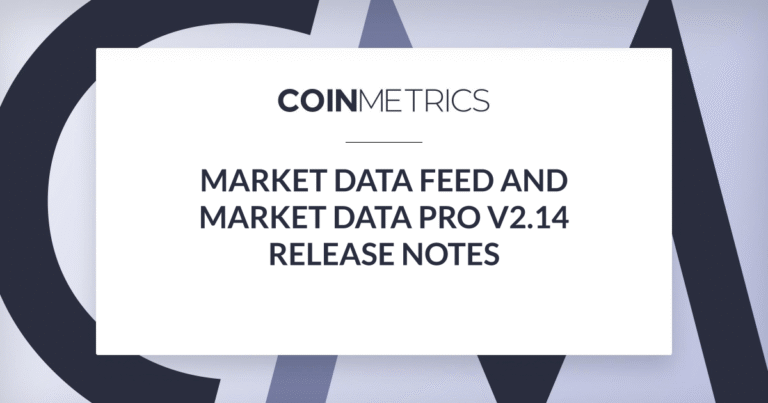Coin Metrics is committed to building the crypto economy on a foundation of truth, providing authentic and accurate data with the highest standards of clarity and precision. With this mission in mind, we are proud to share our April edition of Movers and Shakers, the monthly resource aiming to bring more transparency and credibility to the rapidly evolving crypto space.
As new assets reach a certain degree of accessibility to investors, specifically as they achieve alignment with our Market Selection Framework and the Trusted Volume Framework, Coin Metrics uses its crypto expertise to describe the assets’ context of use. The following assets are expected to reach alignment this month:
CoW DAO (COW) is a decentralized exchange improving and protecting the user trading experience. The DAO offers three products: CoW Protocol, MEV Blocker, and CoW AMM. CoW Protocol leverages intents and batch auctions to improve execution price. Instead of directly interacting with DEX liquidity pools, traders place requests to trade, or intents, for solvers racing to find optimal execution routes for batches of trades. If a trader’s intent matches the swap request of another trader, a solver can execute a direct exchange without routing the trade through a liquidity pool and incurring fees, creating a Coincidence of Wants (CoW). MEV Blocker protects trades from being frontrun or sandwiched and offers users rebates if their trades are backrun when sent to block builders. CoW AMM protects liquidity providers from loss due to arbitrage using a Function-Maximizing AMM. Other popular AMMs consistently update swap prices based on token supply, whereas the FM-AMM executes all trades in a batch at the same price. COW tokens are rewarded to solvers executing batch auctions and can be used to participate in governance proposals to direct project development.
Berachain (BERA) is a EVM-identical Layer-1 smart contract platform using Proof-of-Liquidity to secure and incentivize all stakeholders on the network. Building on Proof-of-Stake, Proof-of-Liquidity on Berachain uses a two-token model to efficiently incentivize validators, protocols, and users. Validators begin by staking BERA tokens to participate in proposing blocks. Based on the number of blocks a validator is selected to propose, they are rewarded with a base amount of non-transferable Bera Governance Token (BGT) tokens and must direct the rest to their choice of whitelisted vaults to reward liquidity providers. Liquidity providers or users can then delegate the BGT earned from providing liquidity back to validators to earn more BGT. This cycle incentives validators to increase the rate at which they receive BGT rewards based on the amount of BGT delegated to them and creates deep liquidity for users to swap in various DEX pools. BGT tokens can be burned one-way to receive BERA tokens. BERA is the native fee token for the network and the more BERA staked by validators, the better probability they are selected to propose blocks and earn rewards.
Want these insights delivered straight to your inbox? Sign up for our mailing list.
© 2023 Coin Metrics Inc. All rights reserved. Redistribution is not permitted without consent. This newsletter does not constitute investment advice and is for informational purposes only and you should not make an investment decision on the basis of this information. The newsletter is provided “as is’ and Coin Metrics will not be liable for any loss or damage resulting from information obtained from the newsletter.



